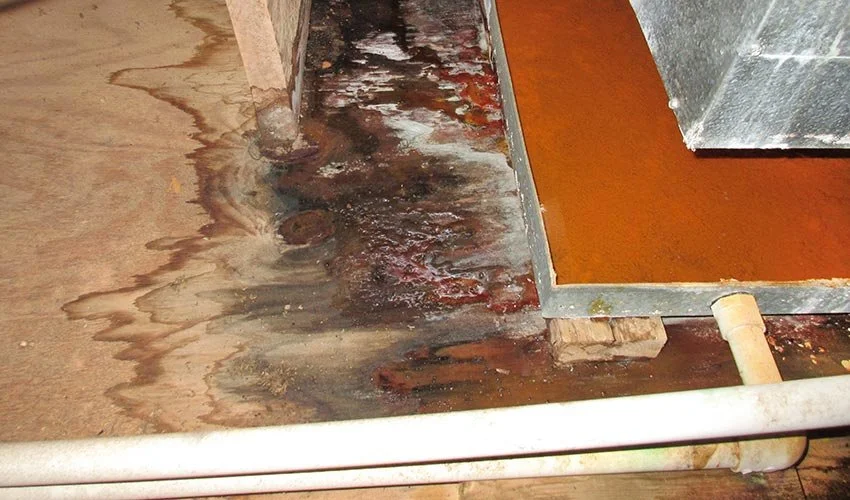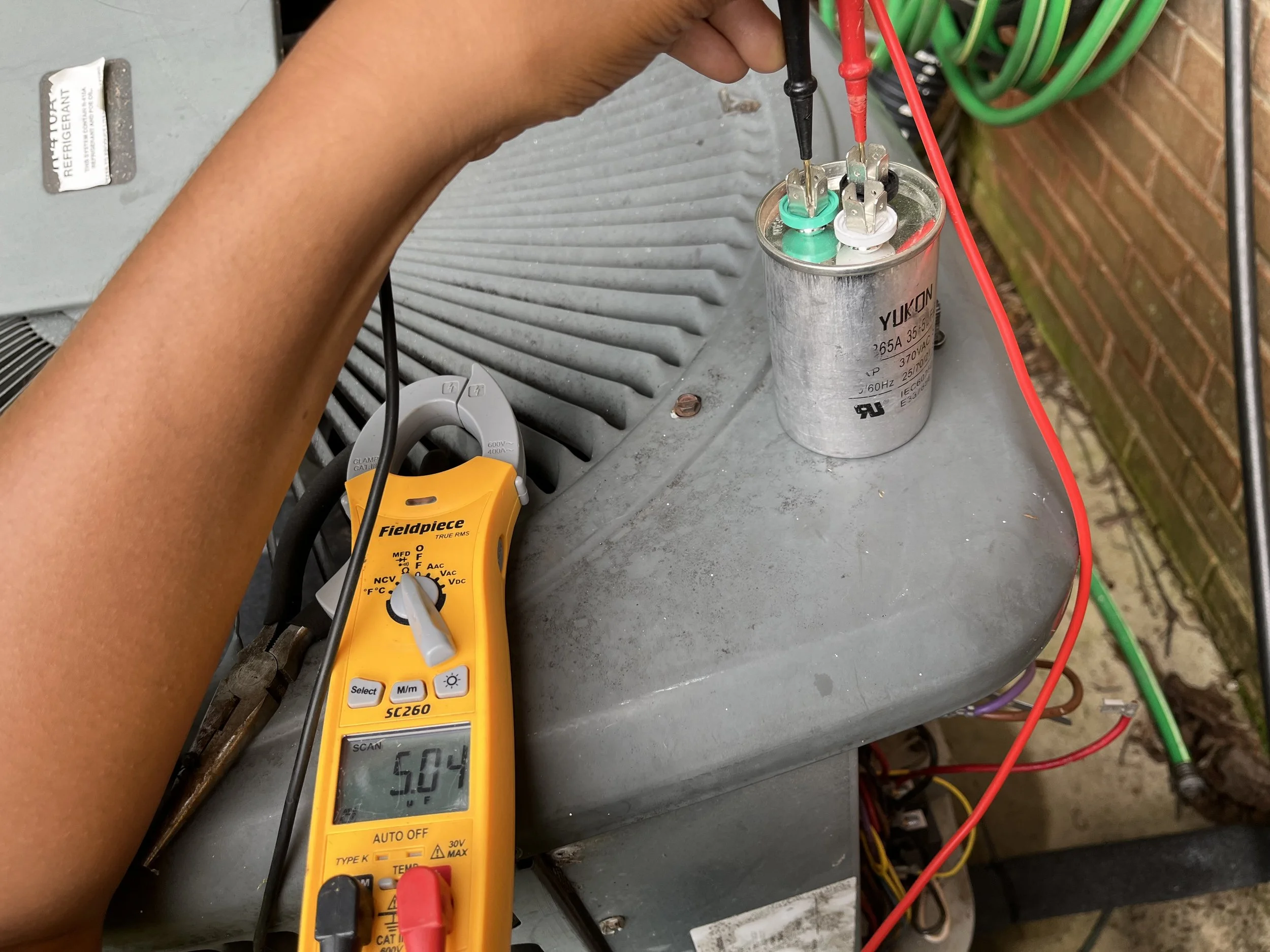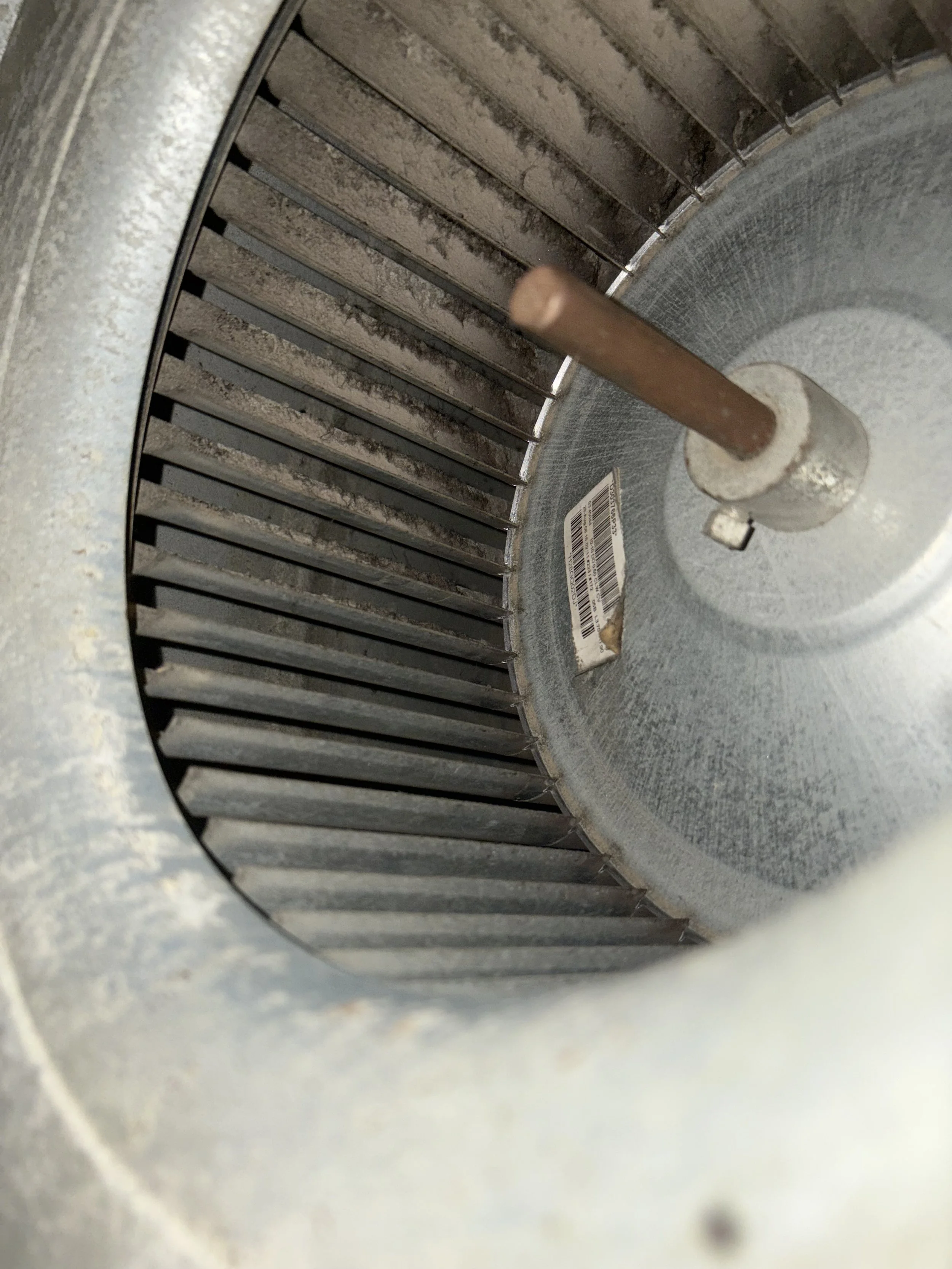“MOLD”
Mold in HVAC equipment is created by the accumulation of moisture from leaks, condensation, or blocked drain lines. To ensure the safety and efficiency of your HVAC systems, regular maintenance and cleanings are essential to prevent mold growth.
The most common types of mold found in HVAC systems include Aspergillus, Chladosorium, and Black mold. These molds thrive in dark, moist environments, which are conditions commonly found inside air conditioning systems.
To ensure the safety and efficiency of your HVAC systems, regular maintenance and cleanings are essential to prevent mold growth. Following these maintenance tips can significantly reduce the risk of mold growth in your HVAC system and maintain a healthy indoor environment:
Moisture Control: Mold thrives in damp environments, so it's essential to control humidity levels in your home and HVAC system. Use dehumidifiers and ensure proper ventilation to keep indoor humidity below 60% (ideally between 30–50%).
Regular Cleaning: Clean your AC components and replace filters according to the manufacturer's recommendations. Schedule professional HVAC maintenance twice a year to ensure all systems are functioning properly.
Professional Inspections: If you suspect mold in your HVAC system, consider using an at-home mold test kit or hiring a professional to confirm the presence of mold and recommend appropriate removal and prevention strategies.
THE 2 F’S EVERYONE FEARS: FIRES AND FLOODS
80% of component failures stem from a lack of voltage or an overload of voltage. Electrical components and wires sometimes overheat and could cause a major safety risk to not only your HVAC system, but also your entire home. Water damage is very costly to repair and can become unsanitary very quickly. Drain lines and electrical components must be inspected to view any signs of danger, leaks, damage, or malfunction.









